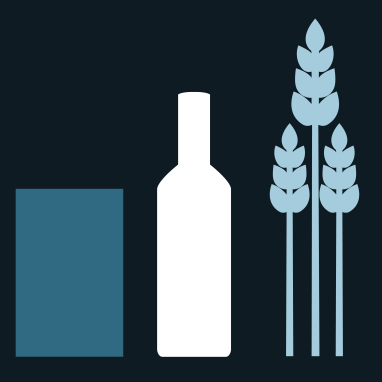Don't Say Cheese! The adverse impact of the proposed new draft for the new health claims standard in relation to Cheese
by Joe Lederman and John Gao © Lawmedia Pty Ltd, May 2007
FoodLegal
Food Lawyers and Consultants
The new draft of the health claims standard (proposed in April 2007) for amendment to the Australia New Zealand Food Standards Code may have ramifications specific to cheese and cheese products in relation to health claims. This article examines the issues.
Disclaimer: This article should not be read as providing legal advice. Accordingly, readers must not rely upon this article as the basis for making any decisions whether of a legal or commercial or technological nature. Information contained herein was written in May 2007. This article will NOT be updated to reflect future changes.
As reported in the April 2007 issue of the FoodLegal Bulletin, Food Standards Australia New Zealand released its Preliminary Final Assessment Report for its Proposal P293 (on making health claims for food) on 4 April 2007. The new draft included a new system which creates threshold scoring criteria for nutrients as a precondition for making general level and high level health claims.
The scoring criteria set specific provisions for cheese, edible oils, edible oil spreads, butter and margarine. Unlike other foods where the scoring criteria gives bad points for energy, fat, sugar and sodium content and good points for fruit and vegetable, protein and fibre content, the scoring for cheese criteria only considers the bad points for energy, fat, sugar and sodium, and health claims are proposed to be allowed only if the final number of points is less than 28 points.
Therefore under the proposed system, cheese is particularly disadvantaged because although it is a food that is high in calcium and protein, the amount of calcium or protein in the cheese product is not considered of critical relevance in deciding whether or not the cheese can have a health claim in relation to calcium and protein – even though the amount of protein and calcium in cheese is much higher than in many products for which health claims will be made.
Nutrient content of cheese
The nutrient content of cheese can vary significantly depending on the type of cheese. According to the Food Standards Australia New Zealand Nutrition Panel Calculator, the energy content, saturated fat content and sodium content of cheese are generally fairly high.
The energy content ranges between a low of 514 kJ per 100 g for cottage cheese and a high of 2171 kJ per 100 g for marscapone cheese. The saturated fat content ranged between 3.8 g per 100g for cottage cheese to 37.7 g per 100 g for marscapone cheese. The sodium content ranged from 16 mg per 100 g for marscapone cheese to 2900 mg per 100 g for haloumy cheese.
The protein and calcium content of cheese is also much higher than that of other products which can make health claims. For example, the FSANZ Nutrition Panel Calculator provides that cheese contains at least 5 or 6 times as much protein as milk per 100 g and in some instances, such as for parmesan cheese, even 11 times more protein than in milk (38.1 g of protein per 100 g compared to 3.3 g).
The National Health and Medical Research Council Dietary Guidelines for Australian Adults published in April 2003 in fact recommends that milks, yoghurts and cheeses ought to be included in the diet. So is it not ironic that the proposed new health claims Standard will prevent a health claim being made for cheese?
In fact, most cheeses would have much higher concentrations of all nutrients than milk, and in fact cheese is effectively a form of concentrated milk.
When does the proposed new draft impact on health claims for cheese?
As mentioned above, the proposed draft Standard released on 4 April 2007 allows claims to be made in relation to full fat milk as good points may be given for milk for its protein content. However, no good points are given for cheese products. This is despite the fact that cheese contains much higher concentrations of protein and calcium than milk.
Through an analysis of the types of cheeses listed in the FSANZ Nutrition Panel Calculator, it can be noted that very few cheeses would in fact meet the threshold requirements for making a health claim.
A major problem with the new scoring criteria is that while the scoring criteria are based on amounts of nutrients per 100g, the proposed system fails to consider how much of a product a person would in fact reasonably consume.
For example, comparing full fat milk with cheddar cheese, while it may be true that in 100 g of cheddar cheese there is 21.5 g of saturated fat compared to 3.2 g in full fat milk, and 1684 kJ of energy in cheddar cheese compared to 312 kJ in full fat milk, the scoring criteria fails to consider that there is 25.4 g of protein in cheddar cheese compared to 3.3 g in full fat milk and there is only 0.1 g of sugar in cheddar cheese compared to 4.6 g in milk.
Therefore, in order to consume the same amount of protein from milk as cheddar cheese, you would also in fact consume more saturated fat, more energy and much more sugar from milk than from cheese.
Further, one slice of cheddar cheese is generally 28 g in total while a glass of milk is 250 ml. Therefore, according to the above figures, a slice of cheese contains:
...
